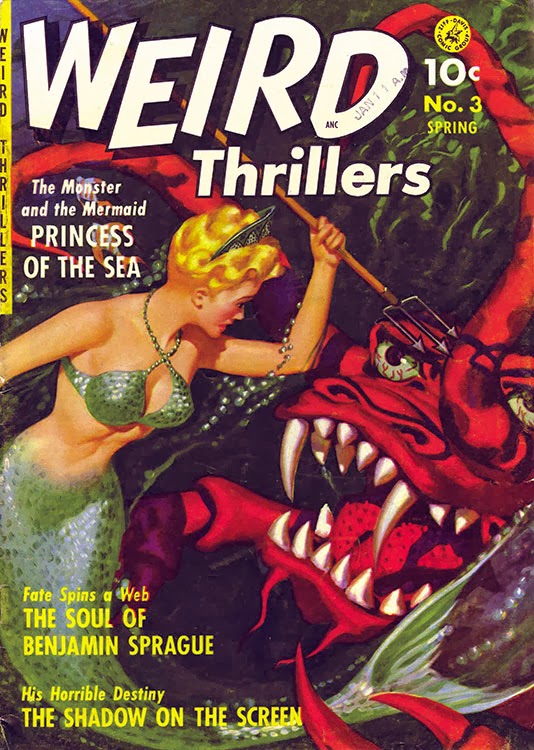With most of America in a deep freeze, let's see if we can warm you up...
...with this scientifically-inaccurate, never-reprinted tale about death by extreme heat from Atlas' Strange Worlds #5 (1959)!
There's also a really kool Easter Egg within the story!
See if you can find it!
No, we're not going to explore whether God exists or not.
Though popularized as fireballs in bad science fiction, the fact that comets were really composed primarily of rock and ice which vaporized as they approached the Sun, creating the "tail", was known as far back as Issac Newton's time.
So the whole idea of the comet generating heat like a star was ludicrous...even in the 1950s!
Though the writer is unknown, the artist was Steve (Spider-Man) Ditko.
That fact is important for understanding the Easter Egg...
The name "Victor Sage", used here for the extremely-fallible protagonist, later became "Vic Sage", the secret identity of one of Ditko's more durable creations...Charlton's The Question!
Besides becoming a DC mainstay with his own title and spotlighted appearances in the Justice League animated series, the character was the basis for Rorschach in Alan Moore's "reimagining" of classic comic character archtypes in Watchmen!



























